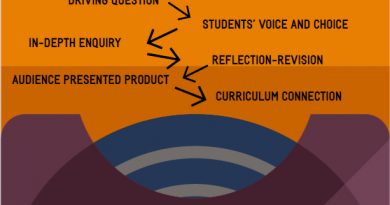WRITING A HOOKING INTRODUCTION
A powerful and engaging written introduction does not only depend on inspiration or a fortunate visit of the muse; practising with the appropriate strategies can lead to excellence in writing, thus making those visits more frequent and surprisingly familiar.
Although traditional training strategies for teachers do not cover writing strategies to approach the first part of the examinations, in Road to your Post we are strongly convinced that a “hooking introduction” is very likely to grab the necessary initial attention, leaving a sense of creative and personal use of English; after all, the rest of the essay shall have to cover more technical matters.
A strong opening is an invaluable opportunity to cause a good impression. In fact, there is only one chance for a writer in the “oposiciones process” to impact the examiners with a punchy introduction. The obvious reasoning in the previous statement does not belittle the message, especially if we consider how subjective the evaluation criteria can be.
In this article we would like to focus on some hints to come up with a personal introduction, powerful enough as to catch the eye and create an interest. An initial positive impression may depend on an adequate “punchline” or a strategic organisation of ideas with short and attractive hook.
The first sentence in this article could be taken as the “thesis statement”, since it tells the reader what is at the very heart of this paper, that is, the important role of strategies to elaborate a “hook”. In short, a hooking introduction should count on three indispensable elements:
- Hook
- Transition paragraph
- Thesis statement
The hook can be approached in several ways:
- Inverted pyramid
- Fact or statistic
- Anecdote or personal experience
- Rhetorical question
- Bold pronouncement
In guise of an example, in a possible FL programming introduction or practical case study one whose focus is on the necessary use of active methodologies and new technologies in the field of FLT, we may start with an inverted pyramid:
The hook statement, which must be quickly identified according to the question in real practice, shall be: “The external evaluation results (i.e. PISA) do not really show the lacks of our young students, but the need to bring to the FL classroom new methodologies that engage our digital native students”.
Transitional sentence: Young teachers trained in the context of European programs are aware of this reality, since they may have gone through personal situations of insufficient communicative competence in the FL at some point when being abroad.
Thesis Statement: In this paper we shall analyse those new methodological strategies to approach the teaching of English as a FL in the context of real projects where children are required to use the FL on a daily basis.
We would like to bring this short paper to an end by stressing the power of constant work and daily reading (i.e. appropriate models) and written practice to improve our skills in this important aspect of the “oposiciones”. In our opinion, continuous effort is the key to open the box of inspiration.
Video by
Mrs. Doane’s Videos for Teaching



